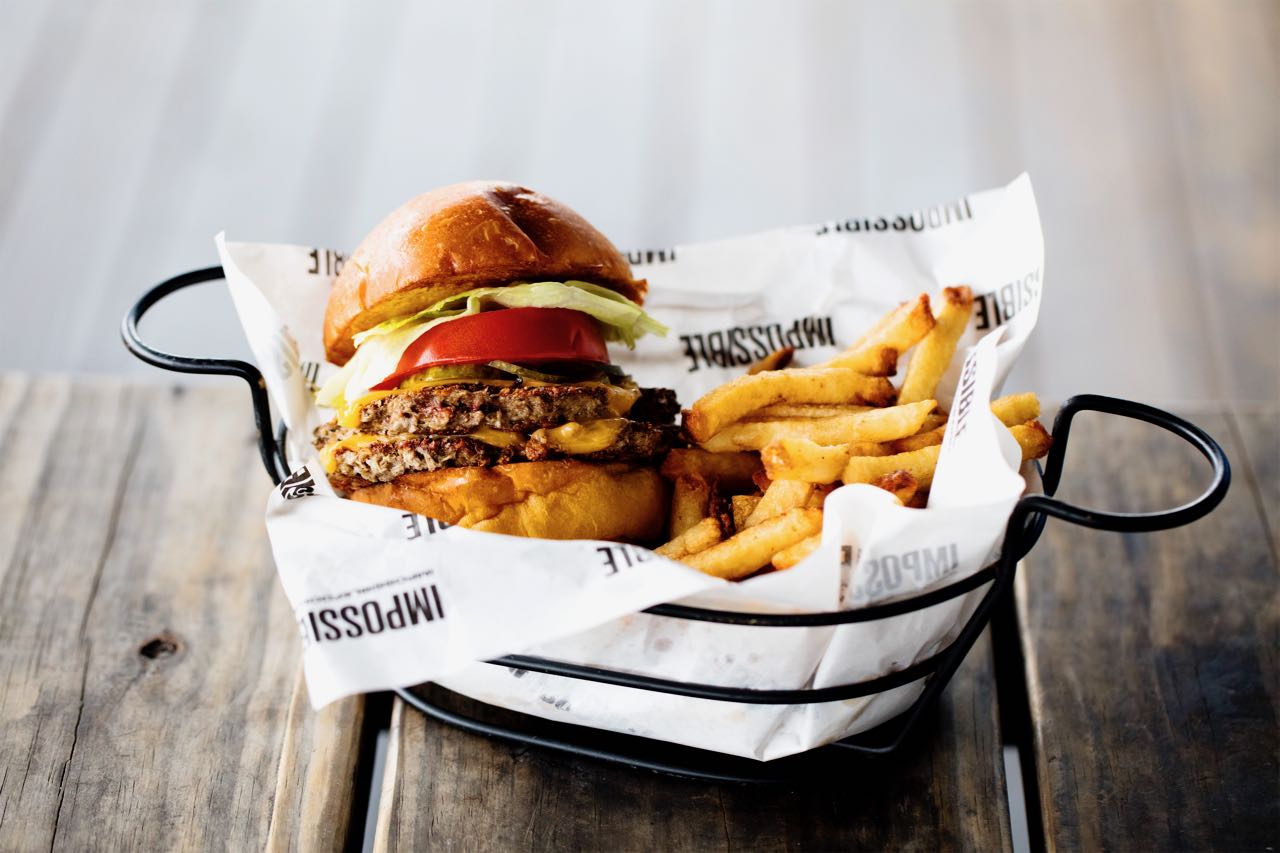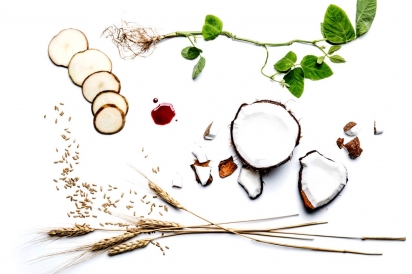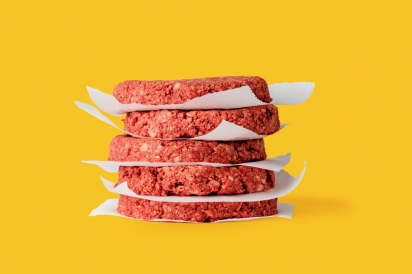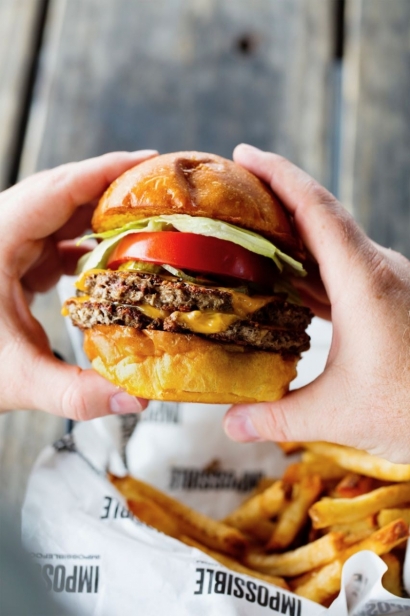Impossible? The Ultimate Green Burger is... Beefy Red!
Beef has been branded as having a huge environmental footprint. But not all cattle are created equal and the differences between conventional (industry) beef and sustainably produced beef are vast. And it’s not the cows, really. The size of that footprint blamed on cattle is, in fact, largely thanks to us humans for adding chemicals, fuel and increased pressure on natural resources to grow more and more meat.
Consider the amount of ground beef needed to satisfy beef burger consumption in the United States alone. Statistics from the Burger Web state that on average 50 billion burgers are consumed per year in the U.S. Assuming an average weight of six ounces for a beef patty, to meet that demand we need about 3.125 billion pounds of beef. That amounts to a staggering number of steers: A 1,000 pound steer ‘on the hoof’ yields on average 600 pounds dressed (butchered) weight, which shrinks further down to on average 450 pounds in retail cuts. Yes, it would appear we eat only half of every cow slaughtered for meat.
When we talk about sustainable beef consumption, what comes into play are 'whole animal' efforts committed to get a lot closer to using all of the 1,000 pounds of slaughtered steer; farmers dedicated to sustainable farming; and projects developed to integrate beef in a 50/50 ratio, such as the James Beard Blended Burger Project.
A new player is taking the field of sustainable beef consumption. It is a burger that tastes like meat, is juicy like meat and sears like meat but isn’t made of meat. Enter: the Impossible Burger. Made entirely of plant material, this burger’s target group is not vegan or vegetarian: it is the omnivore—the consumer who craves a meaty burger but wants to be mindful of the planet.
The Impossible Burger is the brainchild of Pat O. Brown, a Stanford professor emeritus in biochemistry and founder and CEO of Impossible Foods, a company dedicated to making our food system more sustainable.
It took five years and an expert team of scientists, chefs and farmers to develop a plant-based product intended to satisfy meat consumers with the least impact on the environment. Brown and his research team worked to combine plant proteins (wheat and potato), coconut oil and natural binders, and a 'secret ingredient' called heme. Heme is a molecule that makes our blood red, makes it taste metallic and makes blood taste sweeter when dried. Found in high concentrations in (red) meat heme can be extracted from plants as well. The heme used at Impossible Foods is made by fermentation. In production the Impossible Burger requires 75% less water, 95% less land and emits 89% less greenhouse gases than its conventional ground beef brethren. “And it is free of hormones, antibiotics and cholesterol,” said Brown.
James Beard Award winner Chef Chris Shepherd—known for his whole-animal approach, in-house butchery and charcuterie chamber—didn’t need much convincing and said he wanted it on his menu as soon as he tasted it.
This is no lentil patty or tofu burger. When I took a bite of the burger seasoned and seared by Chef Shepherd and served with crisp lettuce, sliced tomato, homemade pickles and cheddar, my jaw dropped (in a manner of speaking only, thankfully). It was honestly like biting into a beef burger: There was that char, that chew, that medium-done red-meatiness. Even when I picked the burger apart and tried a piece of the inner part of the patty on its own, the sensation of eating meat remained.
When it comes to the price of a good burger, Chef Shepherd—the first chef in Texas to put the Impossible Burger on his menu—pointed out: “We shouldn’t even be able to get a burger for $9,” calling $3 burgers a total “travesty.” He is right. Good beef cannot, should not, be cheap. The only way to produce cheap beef is to compromise on everything else, from taste to animal welfare and the environment.
But when it comes to a product specifically developed to make the food system more sustainable, affordability should be key. An environmentally friendly meat-worthy burger is not likely to make a dent in mass-produced beef consumption if it comes at a price point of $15 (currently listed on the lunch menu at Momofuku Nishi) and running up to $18 as quoted for the menu at The Hay Merchant.
That said, the current price point is largely due to the relatively small production capacity of about 10,000 pounds per month. Impossible Foods is opening a new production facility in Oakland this summer, which will increase capacity to about 250 times more Impossible Burgers. It’s a definite case for consumer support: If demand increases, production goes up. Ultimately, its uses would be as endless as ground beef, from chili to bolognaise to meatballs -- but without the environmental impact of conventional beef.
The Impossible Burger is on the regular menu at The Hay Merchant, and at the lunch menu at Underbelly. Find out more about Impossible Foods here.
Further reading on sustainable beef in Houston: Shiner Pork & Beef, Yonder Way Farm, 44Farms.







